In an era of rapid technological advancement, artificial intelligence (AI) is making significant progress across various industries. However, in the complex and nuanced field of port agency, human relationships are not only valuable but essential. While AI technologies can enhance communication, streamline processes, and provide data-driven insights, it is crucial to consider how these technologies interact with the personal connections that are vital to our industry.
The current landscape
A 2024 report commissioned by Lloyd’s Register indicates the growing influence of AI in the maritime industry. According to the report, the maritime AI market is estimated at an impressive $4.13 billion, with an expected Compound Annual Growth Rate (CAGR) of 23% over the next five years.
The recent survey titled “The State of AI: How Organisations Are Rewiring to Capture Value,” conducted by McKinsey & Company, found that 67% of respondents reported increased revenue from their supply chain management in the second half of 2024. Additionally, 63% noted growth in their service operations. The survey also indicated that these business units experienced cost reductions, with 61% reporting savings in supply chain management and 58% in service operations.
Yet, beneath these impressive numbers lies a more complex narrative about the role of technology in an industry founded on trust, personal networks, and human expertise.
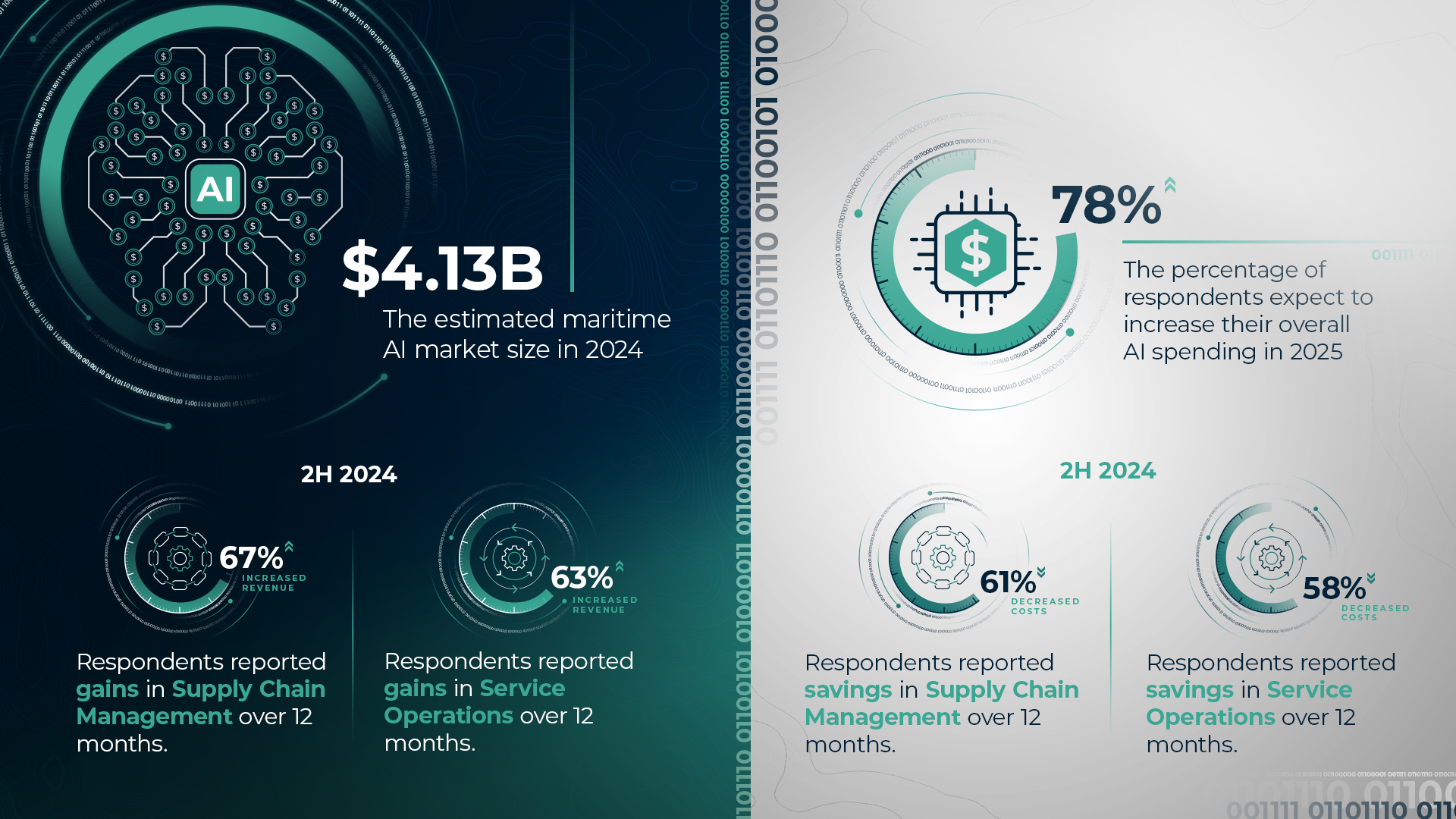
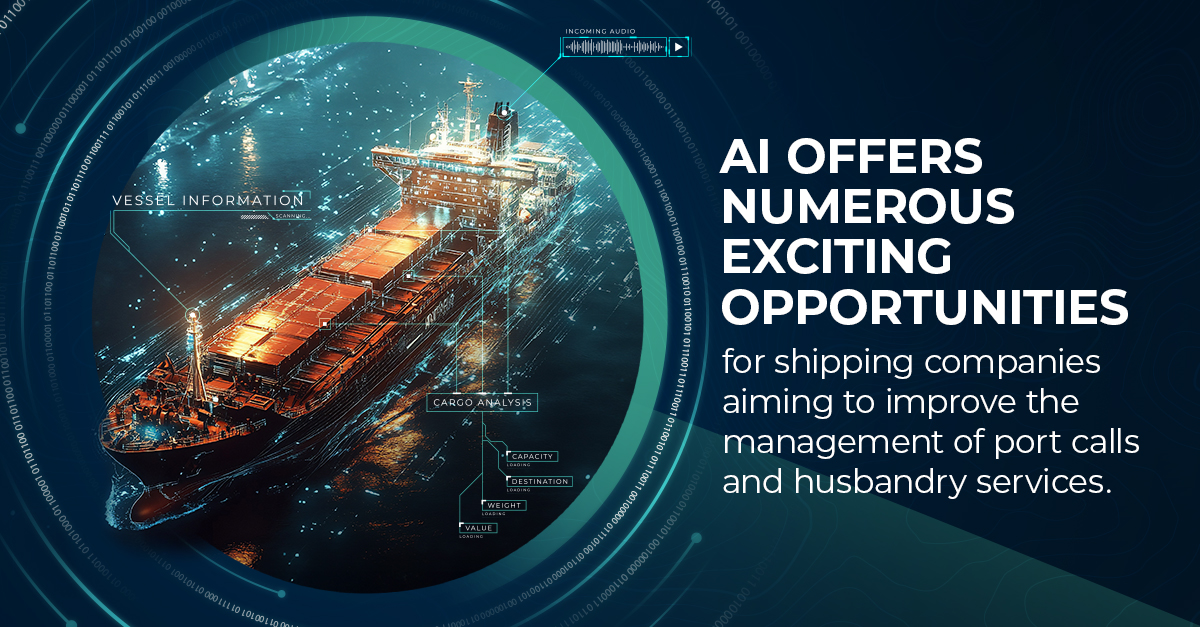
The technological promise and potential
AI offers numerous exciting opportunities for shipping companies aiming to improve the management of port calls and husbandry services. By utilising advanced automation technologies, AI can enhance decision-making, boost operational efficiency, and significantly reduce workflow challenges. This transformation facilitates smoother coordination among various stakeholders and allows for real-time data analysis, predictive maintenance, and better resource allocation. Ultimately, these improvements lead to more efficient and effective port operations. Here are some ways AI can support numerous areas in managing port and husbandry calls.
Vessel & Route Management
- Predicts vessel arrival and waiting times using historical shipping data, weather patterns, maritime traffic, and global logistics trends.
- Pre-plans voyages leveraging port call data analytics and predictive risk management.
Contract & Financial Operations
- Optimises DA management by performing real-time complex calculations with historical cost comparisons and estimates.
- Improves contract management review timelines by analysing and computing charter party terms and clauses.
- Automates invoice matching and reconciliation using optical character reading digital tools.
- Processes claims by identifying charter party clause ambiguities and automating laytime calculations.
Vendor & Risk Management
- Ensures adherence to international maritime regulations utilising intelligent compliance checking systems and predictive data analytics.
- Assists in negotiating with vendors and stakeholders by delivering real-time insights.
- Streamlines procurement processes by automating supplier sourcing, invoice validation, contract management, spend optimisation, and compliance verification.
- Identifies safety and operational risks proactively leveraging risk assessment models and automated alert systems.
Husbandry Management
- Coordinates vessel supplies, crew logistics, maintenance, and regulatory compliance, adopting intelligent resource allocation and automated procurement technologies.
Communication Management
- Provides seamless, 24/7 communication management using chatbots, intelligent routing systems, and real-time translation technologies.
Analytics
- Delivers comprehensive insight into port and shipping operations, harnessing data analytics, predictive financial modelling, and sustainability tracking.
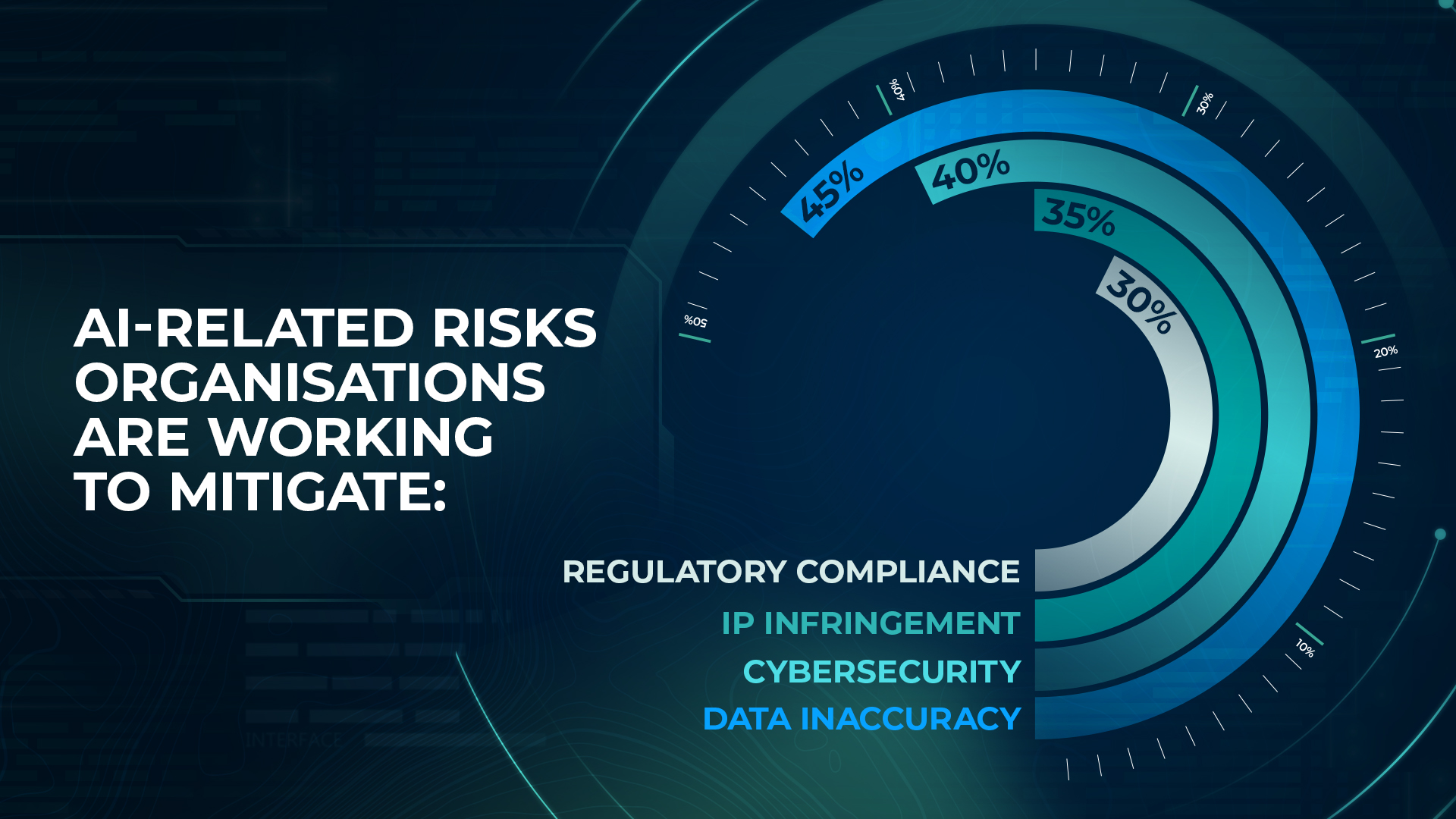
Is the sky truly the limit for AI?
AI can potentially transform port call and husbandry management greatly, but is this process seamless and free of challenges?
First, it requires a substantial initial investment, a strong data infrastructure and skilled personnel who can interpret and manage AI-driven systems. This can be a barrier for many maritime organisations. Additionally, there are concerns about data quality and privacy, cybersecurity risks, and the possible displacement of traditional roles within the maritime workforce, losing human expertise and institutional knowledge. These issues present complex ethical and operational considerations that must be carefully addressed as AI technologies continue developing in the shipping industry.
Notwithstanding the headwinds, according to Deloitte’s recent “2024 Year-End Generative AI Report,” 78% of respondents expect to increase their overall AI spending in the next fiscal year. Many are utilising AI to create business value that exceeds their expectations. However, most are transforming at the speed of organisational change rather than at the speed of technology.
The report identified barriers to developing and deploying AI in Q4 2024, with 38% of respondents mentioning compliance with regulations, 32% citing challenges in managing risks, 27% facing implementation issues, and 17% experiencing cultural resistance from employees.
McKinsey & Company’s survey identifies the main AI-related risks organisations are working to mitigate: data inaccuracy for 45% of respondents, cybersecurity concerns for 40%, intellectual property infringement for 35%, and regulatory compliance issues for 30%.
Moreover, the survey anticipates shifts in employee numbers across various business functions in the next three years. In service operations, 48% of respondents foresee a reduction in headcount, while in supply chain management, 47% predict a decrease in workforce size.
Considerations for the Maritime Industry
While AI promises transformative potential for the shipping industry, it simultaneously introduces a complex landscape of risks that organisations must carefully navigate.
The technology’s limitations become increasingly apparent when confronting the nuanced realities of maritime operations, where human expertise and contextual understanding have traditionally been paramount. AI systems may struggle with unexpected scenarios, demonstrating a limited ability to make sophisticated, context-specific decisions that require deep institutional knowledge and human judgment.
The technological vulnerabilities extend beyond operational challenges, encompassing strategic and legal dimensions. These risks include the potential for significant miscalculations when AI attempts to anticipate unpredictable factors such as geopolitical disruptions, sudden market shifts, or extreme weather events. Moreover, the emerging technological ecosystem is complicated by diverse global standards, unclear liability frameworks, and challenges in determining responsibility for operational errors that may arise from AI-driven decisions.
Perhaps most critically, the human element remains irreplaceable. AI’s current limitations in understanding complex emotional and empathetic contexts mean that critical decisions might be made without the nuanced human perspective that has long been essential in maritime operations.
The potential reduction in human-to-human interaction and the opacity of AI decision-making processes further underscore the need for a balanced, cautious approach to technological integration in the shipping industry.
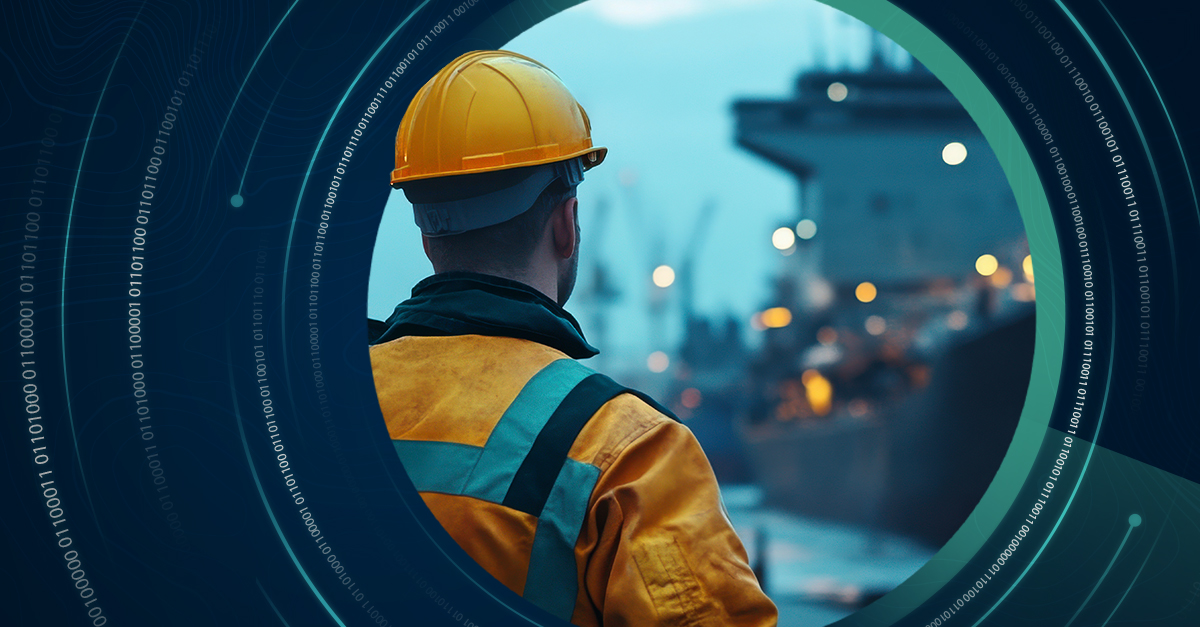
The irreplaceable human touch in port agency operations
Port agency is fundamentally built on relationships, with decades of personal connections and trust that technology cannot replicate. Experienced agents maintain vital relationships with authorities, vendors, and officials based on mutual understanding and trust. Their cultural intelligence and personal networks enable creative problem-solving beyond standardised approaches, especially when facing unexpected challenges.
Maritime operations require emotional intelligence and hands-on experience to navigate complex human interactions and high-stakes decisions. During emergencies or logistical challenges, human agents can interpret subtle cues, mediate effectively, and negotiate with empathy. Understanding the human context behind shipping challenges—from crew welfare to geopolitical tensions—requires genuine insight that technology cannot provide.
Furthermore, port calls involve numerous tasks and coordination requiring significant physical exertion, specialised skills, and coordination between vessel crew and shore personnel—from throwing and catching mooring lines, securing vessels to bollards, deploying gangways, to positioning fenders between vessels and docks.
While AI excels at data processing, port agencies require adaptive, context-sensitive problem-solving that addresses the unique challenges of each port, vessel, and cargo. Human agents apply their expertise and historical knowledge to inform decisions, making judgment calls based on a comprehensive understanding rather than isolated data points. For example, there are specific nuances and complexities in determining who delivers spare parts onboard and when, scheduling welding work appropriately, authorising hull cleaning and painting operations, and coordinating underwater vessel inspections.
Technology can support operations, but it cannot replace fundamental human elements like building genuine trust, navigating complex cultural dynamics or carrying out physical tasks inherent to port calls. The maritime world’s unpredictability requires adaptive human intelligence to interpret nuanced situations appropriately and make things happen.
In addition, shipping operations fundamentally revolve around negotiation and collaboration between multiple parties. This necessitates people on location who can respond immediately, deliver documentation to appropriate parties, and make time-sensitive decisions. Even with advanced AI, human intervention remains essential for negotiating terms, costs, and responsibilities.
Lastly, local agents provide irreplaceable value through on-site support during disruptions, expertise in managing various port calls, and relationships with all stakeholders. They possess the knowledge to appoint appropriate vendors, verify capabilities firsthand, and navigate an industry built on trust and personal connections. This local presence ensures the collection and verification of authentic port data, maintaining operational integrity throughout the maritime supply chain.
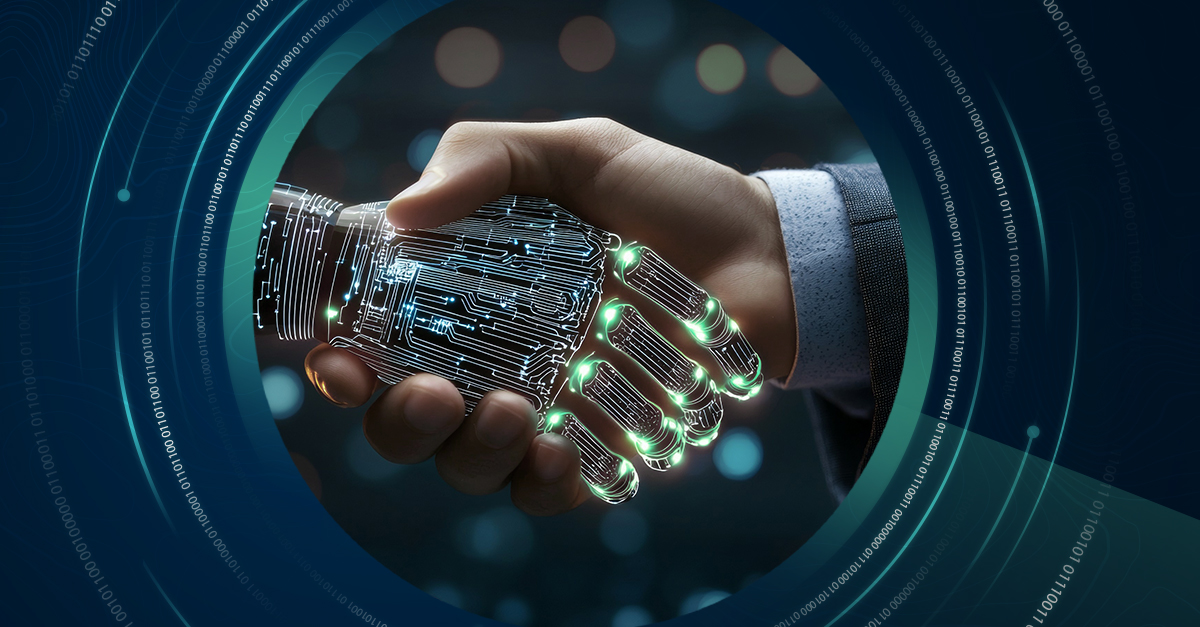
Conclusion: a collaborative future
The future of port agencies lies in the harmonious synergy between human expertise and artificial intelligence. AI systems excel at managing extensive data, streamlining repetitive procedures, and generating analytical insights. At the same time, human agents remain essential for cultivating relationships, applying emotional intelligence, navigating complex challenges adaptively, and physically executing the practical aspects of port calls.
In maritime port operations, where complexity and dynamism define daily work, the human element cannot be replaced despite increasing technological reliance. Rather than substituting human relationships, the true potential emerges when AI augments these connections with enhanced intelligence and efficiency, transforming shipping professionals into more strategic, responsive, and value-added partners.
When choosing maritime solutions, businesses should prioritise partners who possess a genuine hands-on understanding, the ability to build strong relationships, and empathy. These qualities enable partners to exceed expectations and deliver exceptional results when challenges arise. Strong relationships, bolstered by technological capabilities, create a resilient foundation for the future success of port agencies.
The Inchcape approach: provide our customers with the best of both worlds.
At Inchcape, we believe the future lies not in replacing human relationships but in augmenting them. AI should be a powerful tool that enables our professionals to be more strategic, responsive, and value-added in their interactions.
Our commitment remains unchanged: delivering human-driven relationships powered by intelligent insights.
As the maritime industry continues to evolve, Inchcape stands at the forefront, embracing technological advancements while preserving the core of what makes our industry exceptional – human connections, trust, and personalised service.

The future of shipping is not AI versus humans. It’s AI and humans working together.
Discover how Inchcape balances cutting-edge technology with unparalleled human expertise.
“Beyond the horizon, Opportunities and Obstacles in the Maritime AI Boom”, various authors, Thetius IQ commissioned by Lloyd’s Register, 2024.
“2024 year-end Generative AI report”, various authors, Deloitte, 2024.
“The State of AI: How Organizations Are Rewiring to Capture Value”, various authors, McKinsey & Company, 2024.